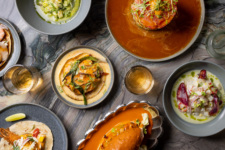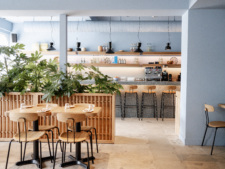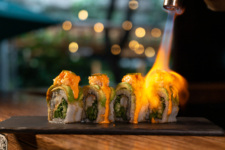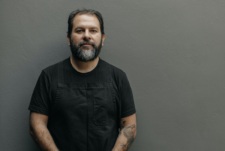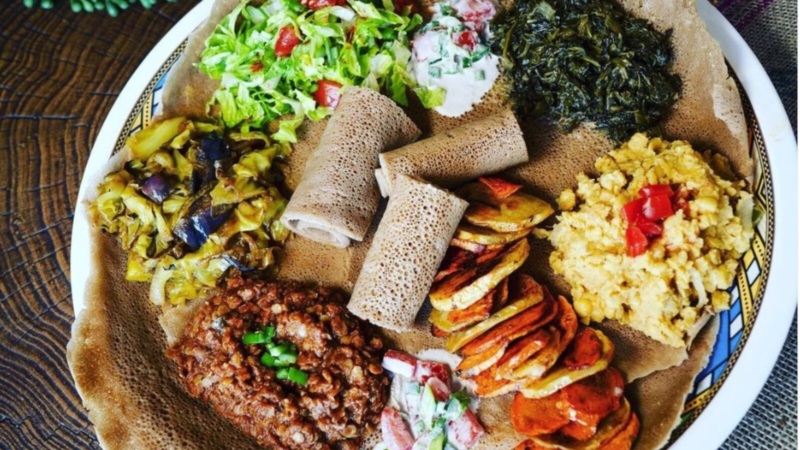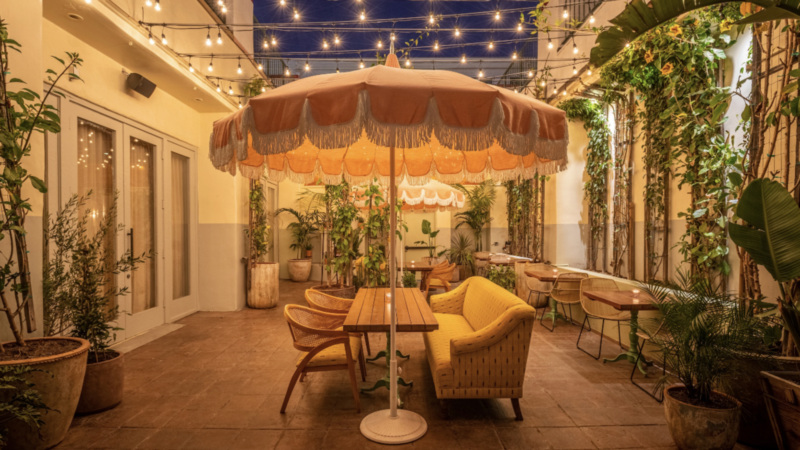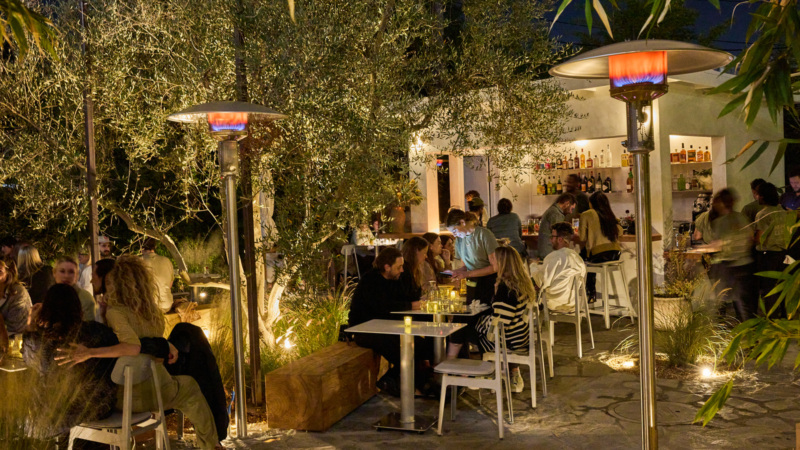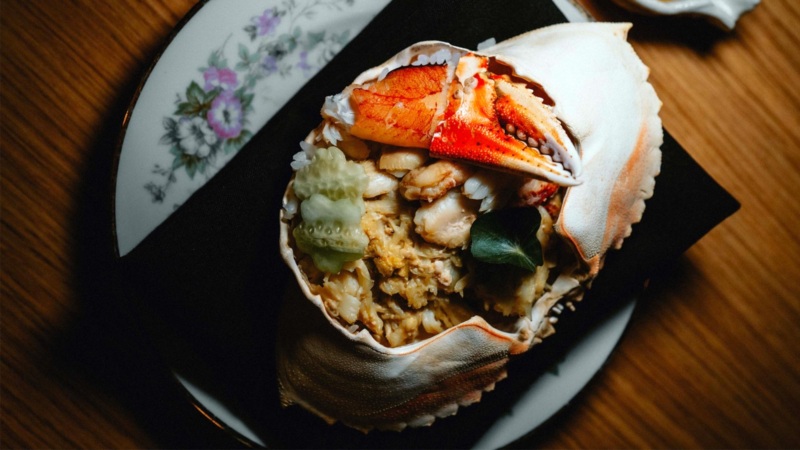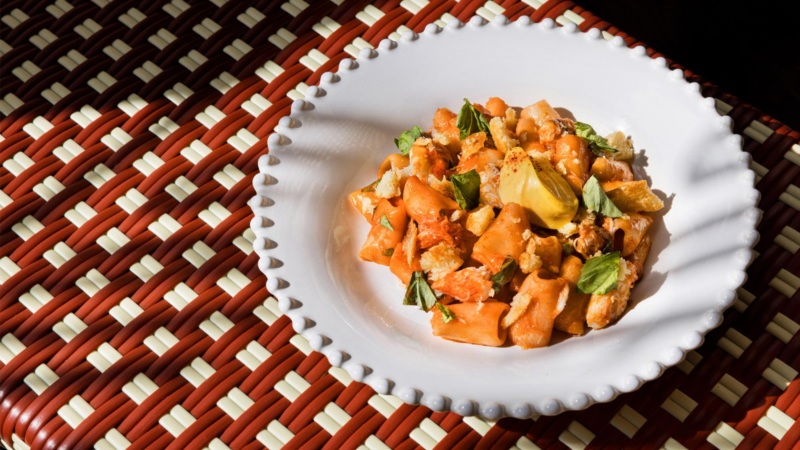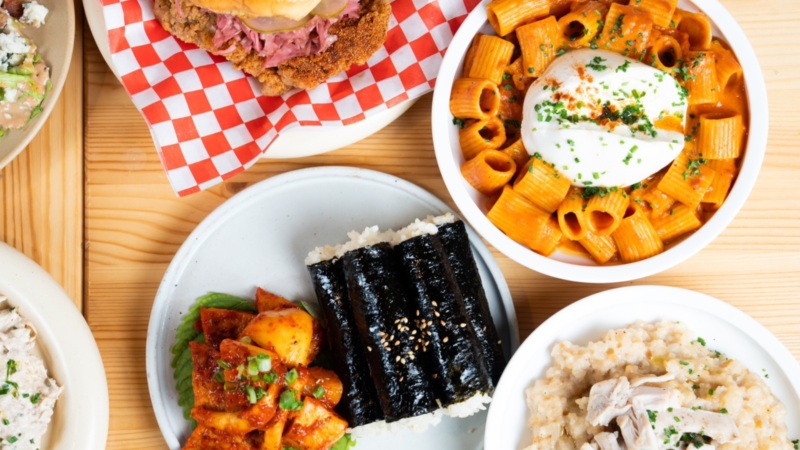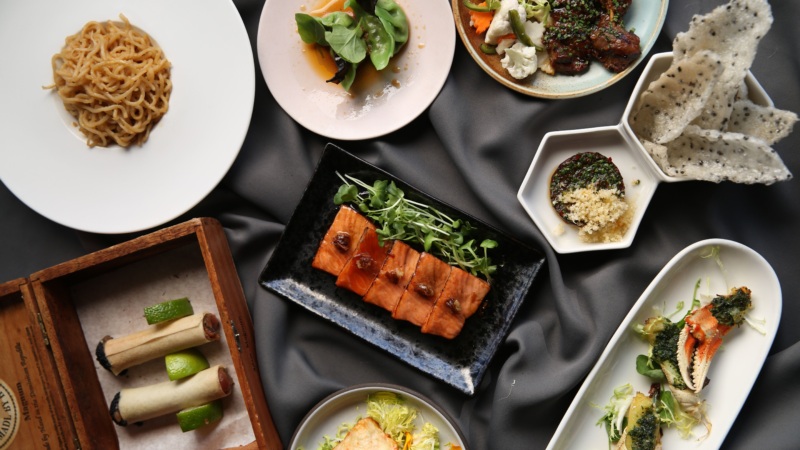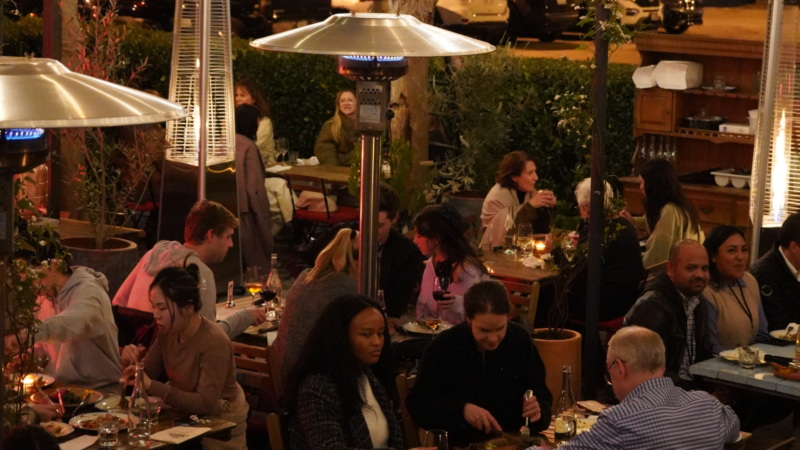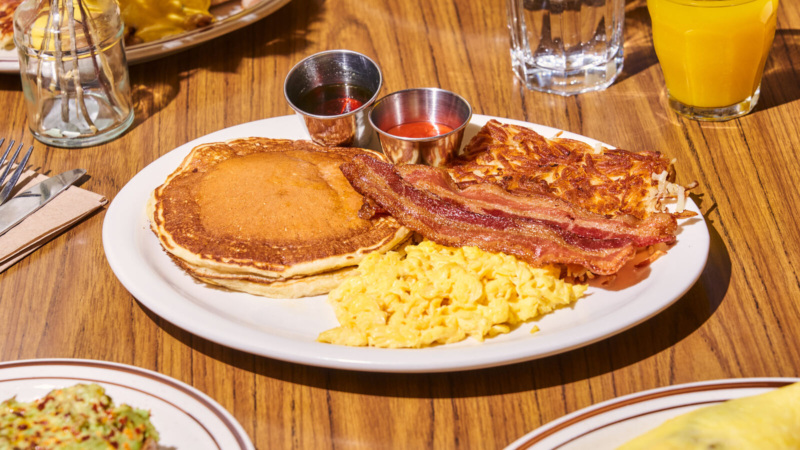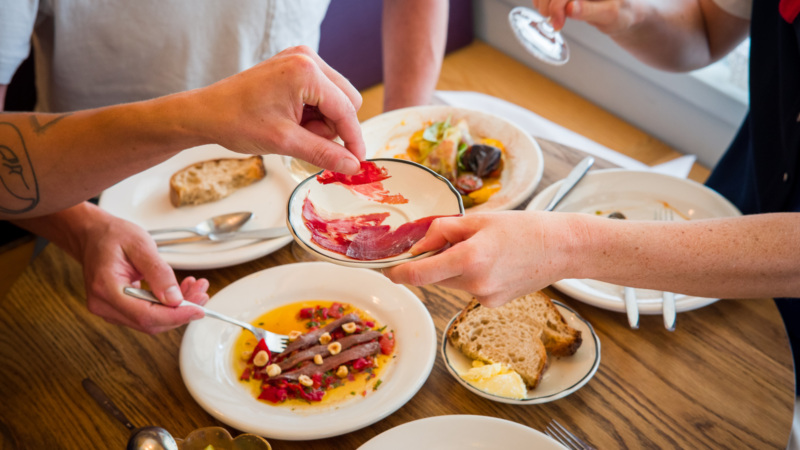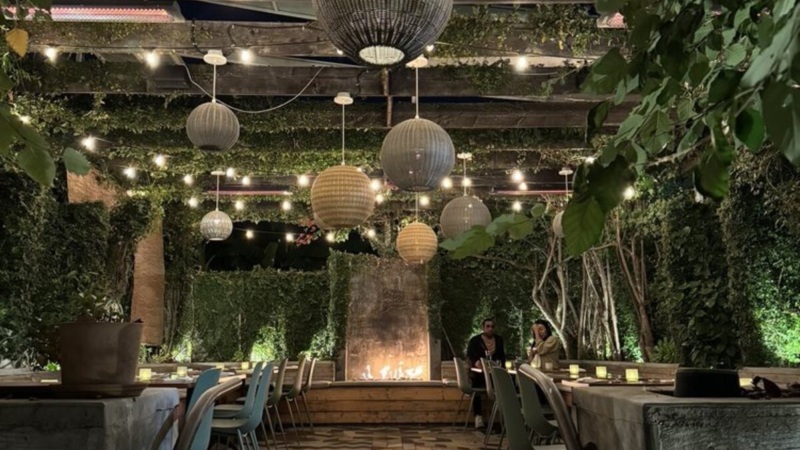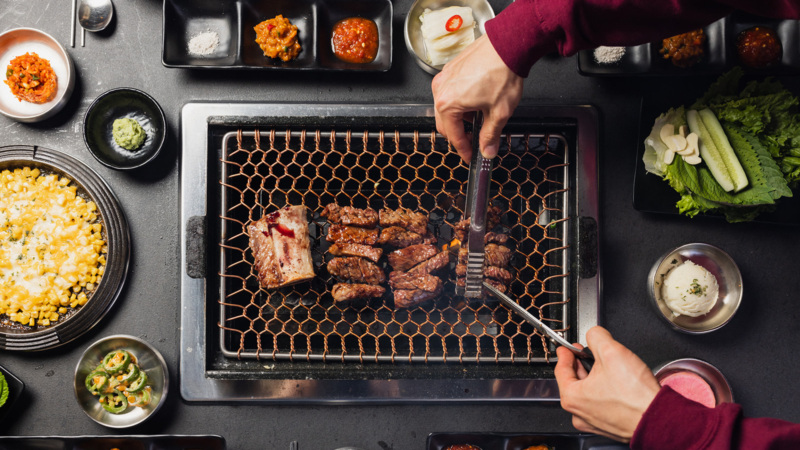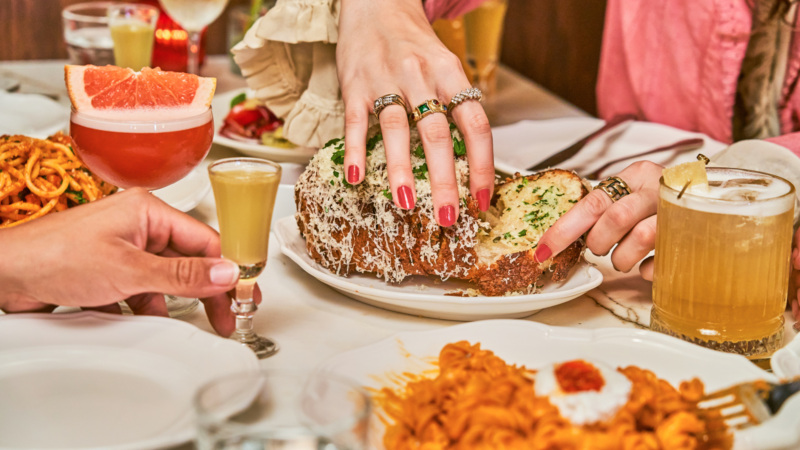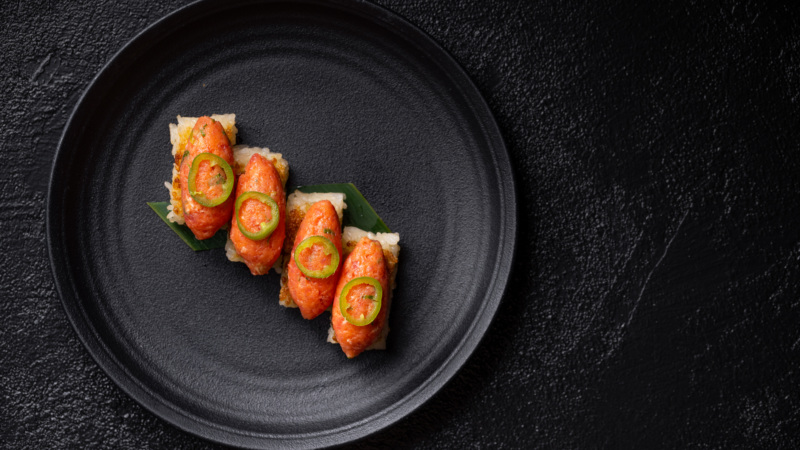
The Mexico City to Los Angeles Restaurant Pipeline Has Never Been Stronger
Mexico City is having a moment in L.A. Between Silver Lake’s newest sushi bar, Santo, Frogtown mariscos hotspot Loreto and sister concept Za Za Za, and Enrique Olvera’s ATLA in Venice, Mexico City-based restaurateurs have been dominating recent L.A. openings. Many chefs from CDMX have landed at U.S. restaurants over the years, or opened stateside concepts in New York and Miami. But Los Angeles, the American city with some of the strongest Mexican roots of all, is finally getting its due with a wave of recent restaurant openings—stylish, sleek, and seasonally influenced—all hailing from the Mexican capital.
“Talk to someone who just visited Mexico City or L.A., you’ll always hear about the same two things: the food and the traffic,” jokes Grupo Palmares (Loreto, Za Za Za) partner Alejandro Marin. Thriving restaurant scenes are just one of the many similarities between the two metropolises. A shared Mexican heritage is another. But what’s really behind the recent influx of Mexico City-based restaurant groups setting up shop in L.A.?

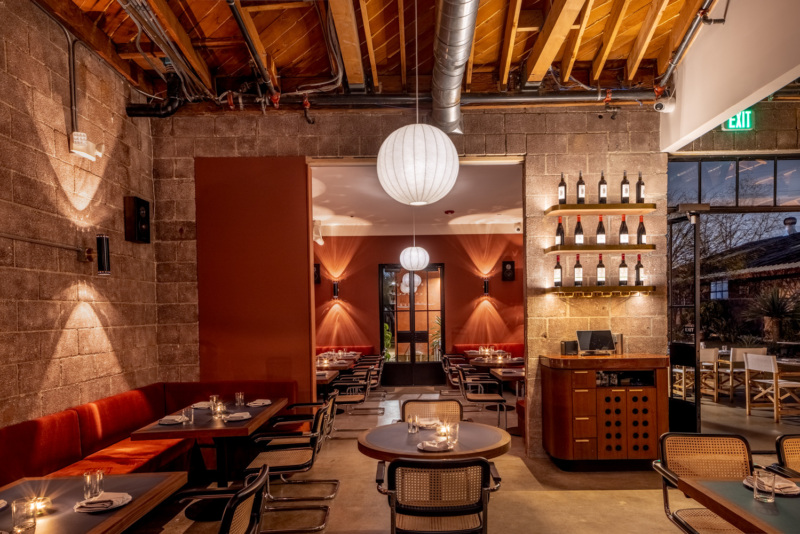
Part of the reason is that both L.A. and Mexico City have been simultaneously experiencing a restaurant renaissance over the last 15 years, with increased interest in their respective dining scenes (with the media attention to match), reinforcing both locales as international dining destinations.
For Santo co-owner Jos Gozain, whose original concept opened in Mexico City in 2019, a Covid-era influx of American diners opened his eyes to the possibility of success stateside. “When we opened in Mexico City, there were no hand roll bars of this type, and it became really successful during the pandemic. A lot of Americans from the coasts were working remotely in Mexico, and 60% of our clientele were from New York and L.A. They were asking us, ‘When are you opening in L.A?.” With a ready-made audience, it was a no-brainer for Santo to expand to Silver Lake, which felt like “the perfect fit.”
“L.A. is the most Mexican of American cities, which makes it feel very familiar,” says Mexico City native Olvera, who opened the critically acclaimed modern Mexican restaurant in Pujol in his hometown in 2000, before expanding to New York with Cosme and L.A. with Damian. “We have always felt connected to L.A,” he says. “We thought it was a great city to establish roots.”
It’s true: Los Angeles’ majority Latin American population is dominated by Mexican Americans at 41% of the city total. Immigrants have been arriving from Mexico since the early 1800s, when Mexico won its independence from Spain — first from neighboring regions like Sonora and Chihuahua, and later from further-flung regions like Veracruz, Oaxaca, and Sinaloa. L.A. also shares, in modern times, relative proximity to Mexico City (it’s a four-hour flight), a driving force cited by everyone we spoke to.
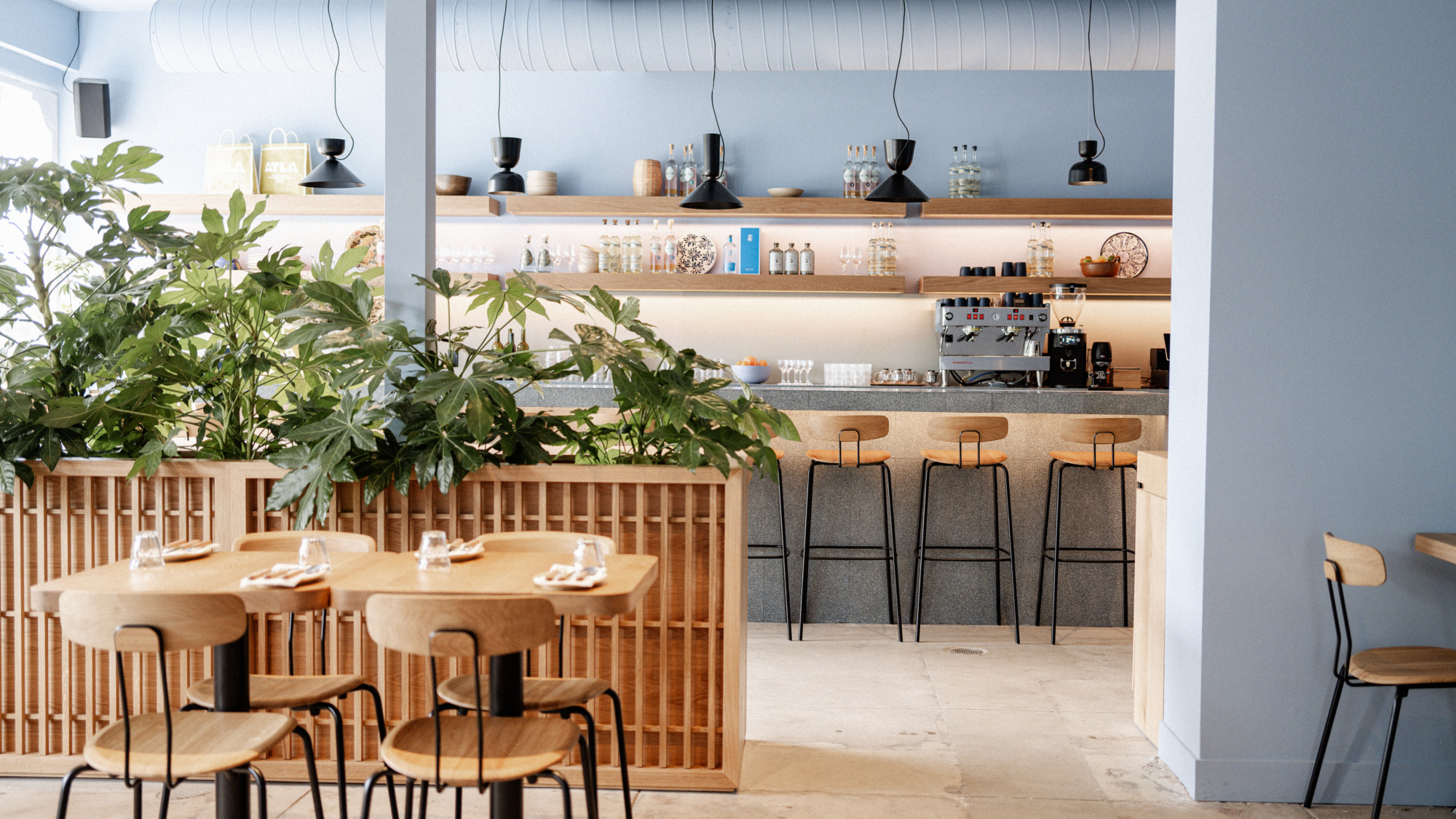
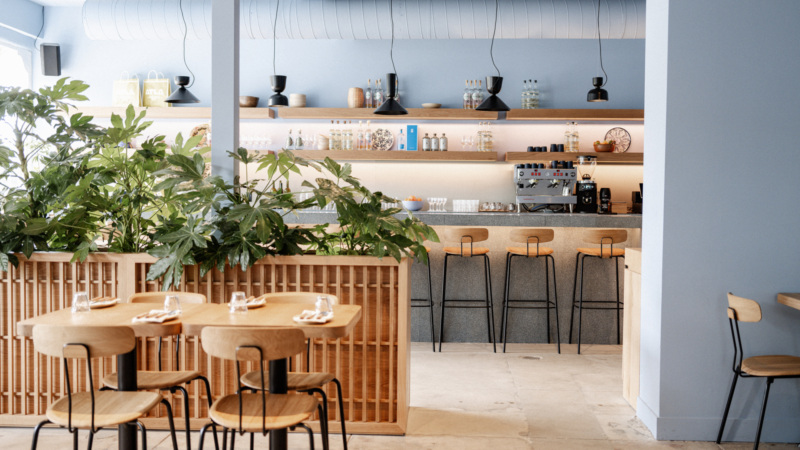
Despite the large Mexican population in L.A., the way Mexican food is made and served in each location is still distinct. “Within the cities, each cuisine is very conscious of what they have celebrated as their own, but is also open to what is different without fear that this will threaten their identity,” says Olvera.
So how does one translate a Mexico City-based restaurant for an L.A. audience? “Mexicans that are born here [in L.A.] are exposed to a completely different context than they would be in Mexico,” says Marin. “Around Mexico you find a lot of traditional food — your generational recipes and methods and local ingredients. And once you transplant that to a city which has its own rich history of Mexicans coming and making the cuisine their own with what’s available to them here, that gets embedded in these L.A. chefs’ language,” he adds.
This is part of the reason Marin and his partners decided to employ Mexico-born, L.A.-raised chef Alejandro Guzman when they transplanted their Mexico City rooftop hit La Cha Cha Cha to the Arts District in 2021. Their first foray into L.A. also required modifying or abandoning popular dishes (like the duck carnitas) from the original concepts due to ingredient availability and a desire to use what’s local and seasonal in Southern California.
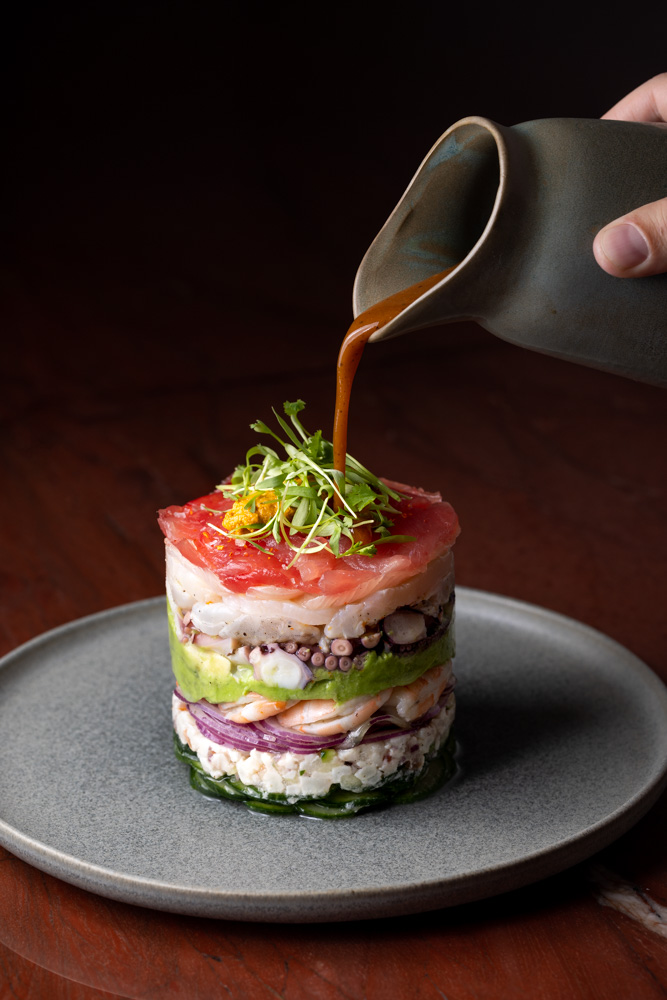
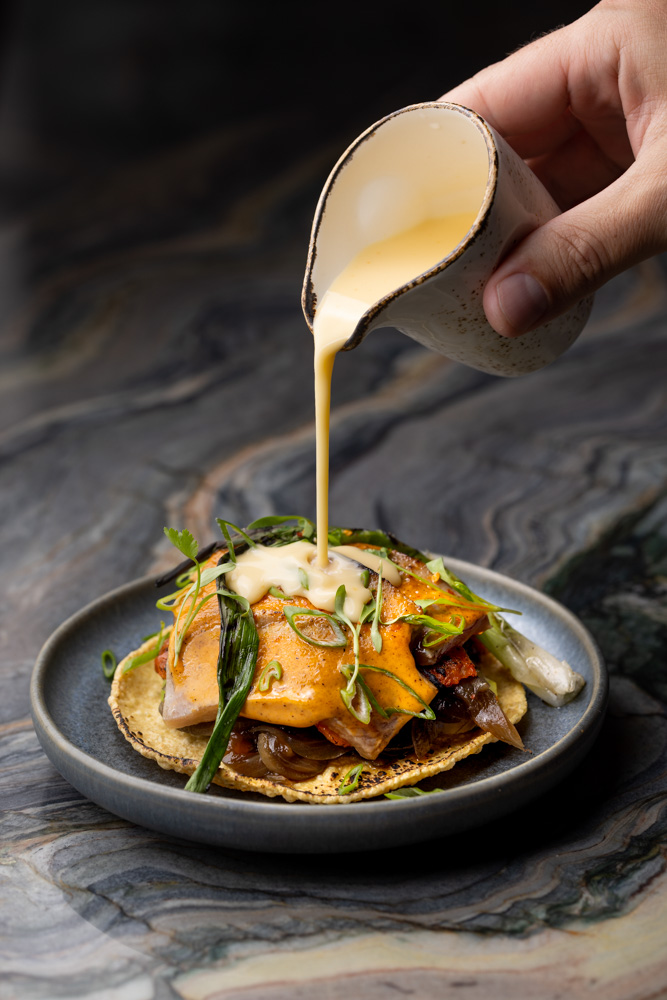
The same was true when Olvera’s Casamata Group opened ATLA this summer on Abbot Kinney, expanding its footprint from Mexico City and New York. “Venice presented us with the opportunity to imagine ATLA in a more physically spread-out space than New York, while also allowing us to think more expansively about ingredients and service,” says Casamata Group CEO Santiago Perez. “The menu features the greatest hits from our original ATLA location on Lafayette Street, but with a handful of new items highlighting L.A.’s much more Mexican nature.” That means additions like avocado toast, locally dry-aged fish, and a popular shaved carrot salad made with SoCal produce.
For Marin, who was born in San Diego but lived in Mexico City for most of his life, the move to L.A. had more to do with his own personal life than anything else (his wife, an architect who designed Loreto, lives here), even though he claims, “If I would have chosen any city to open in, it would have been L.A. regardless.” The move to L.A., as it has for many, inspired Marin to try something new, in this case the opportunity to infuse his restaurants’ Mexico City-driven cuisine with inspiration from now-nearby Baja and his love for mariscos, especially at Loreto.
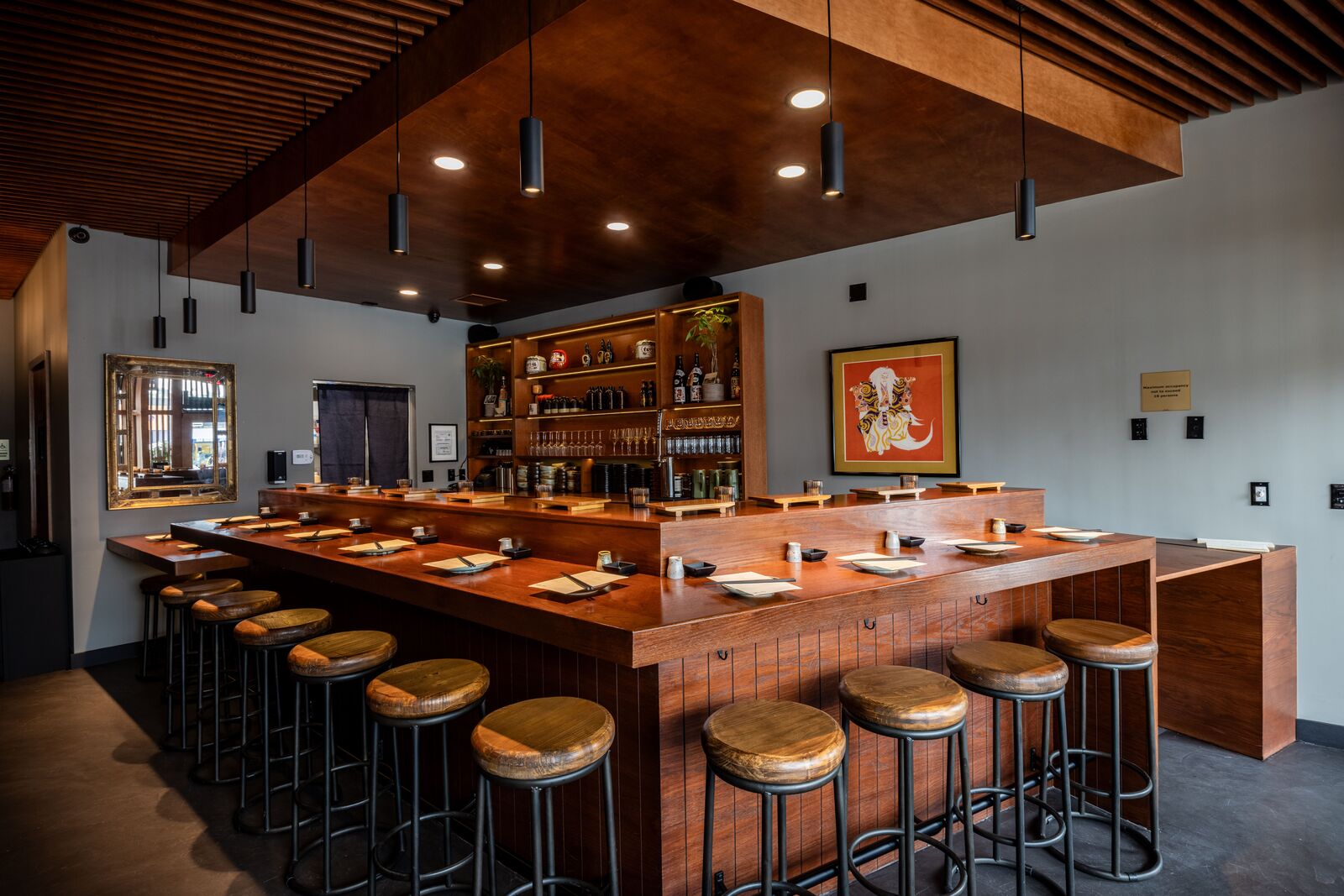
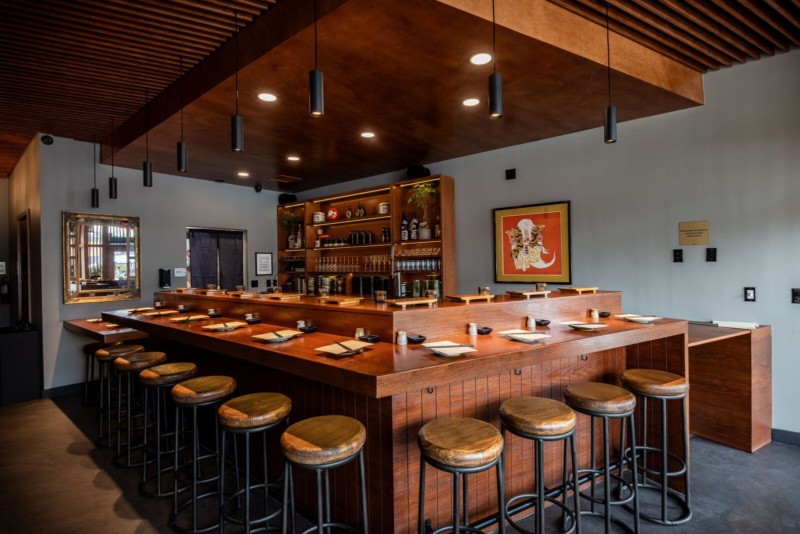
Named for the first successful Spanish mission in Baja, California, Loreto is the highly Cali-inspired brainchild of a group of Mexico City restaurateurs. “Our favorite food, my partners and I, is mariscos. Being this close to Baja, you’re more exposed to it here than you are in Mexico City, and I maybe fell in love with it even further just being here,” Marin says. While L.A.’s stacked Mexican restaurant scene is diverse, mariscos are still specialized, and few are presented in a higher-end setting like the gorgeously designed space in Frogtown.
Marin, along with his partners in Grupo Palmares, will continue to expand their L.A. footprint with the opening of a brand-new bakery in Highland Park in February as well as a restaurant inside of Costa Mesa’s brand-new Mexico City-inspired food hall, Mercado Gonzalez. Mexico City’s popularity has even inspired local L.A.-based hospitality groups to cosplay as the trendy capital city, like at the new “secret” watering hole, Bar CDMX. The spot opened in DTLA in August, billing itself as “a love letter to CDMX” with its mixture of Mexican art, arcade games, and rock music.
What’s next? Perhaps L.A.’s influence will start to permeate Mexico City restaurants. Only time will tell.
Kelly Dobkin is an L.A.-based writer/editor and former New Yorker. She has contributed to Bon Appetit, Grub Street, Michelin, Here Magazine, and is a former editor at Thrillist, Zagat, and Eater. Follow her on Instagram and Twitter. Follow Resy, too.




